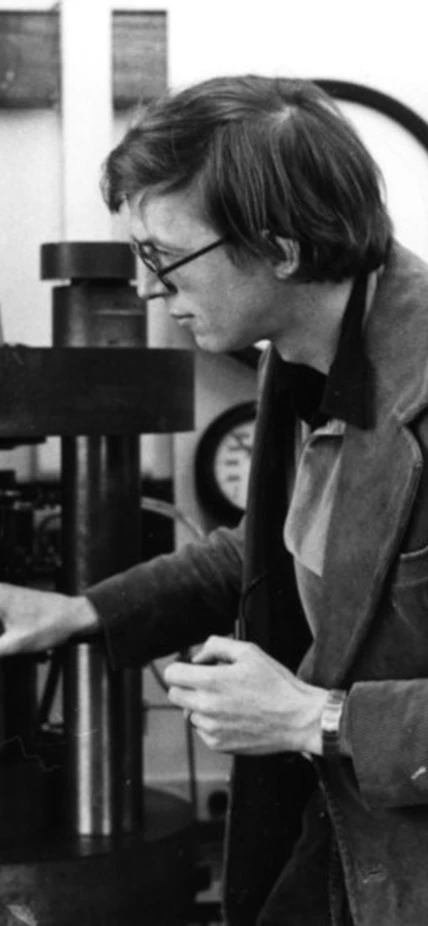Written by Michael Walter
Bjorn Mysen, experimental petrologist and a true ‘master of silicate melt’, retired from the Earth and Planets Laboratory on February 28, 2023, after more than fifty years with Carnegie Science. Bjorn is a Fellow of the Geochemical Society of America, the Mineralogical Society of America, and the Japan Geoscience Union, and is a Member of The Royal Norwegian Academy of Science and Letters.
Bjorn arrives as a postdoc
Bjorn Mysen first arrived at Carnegie in 1972 when he came to the Geophysical Laboratory (GL) on Upton Street in Washington D.C. from Penn State as a predoctoral fellow (1972-1974). Bjorn found a kindred spirit and mentor in Ikuo Kushiro, a visiting scientist from the University of Tokyo and former GL postdoc who trained him on how to do high pressure experiments the GL way, and he was off to the races. That effort produced an outstanding pair of papers on melting of hydrous mantle that launched a career dedicated to the phenomenon of the role of melt and fluids in the differentiation of our planet.
Mysen was then awarded a position as a Carnegie Postdoctoral Fellow (1974-1977), shortly after which he was promoted to staff scientist at the Geophysical Lab in 1977, a role he has held ever since, making this Bjorn’s 51st year at Carnegie Science!
As an intrepid young postdoc, Bjorn used a new and innovative technique to probe low-degree mantle melts using 14C as an isotopic tracer, investigated the solubility of H2O and CO2 in silicate melts and began his first forays into understanding what makes these melts behave the way they do – their short-range structure. As recognition for these early accomplishment Bjorn was awarded the F. W. Clarke Award of the Geochemical Society in 1977 and the Reusch Medal of the Norwegian Geological Society in 1979.
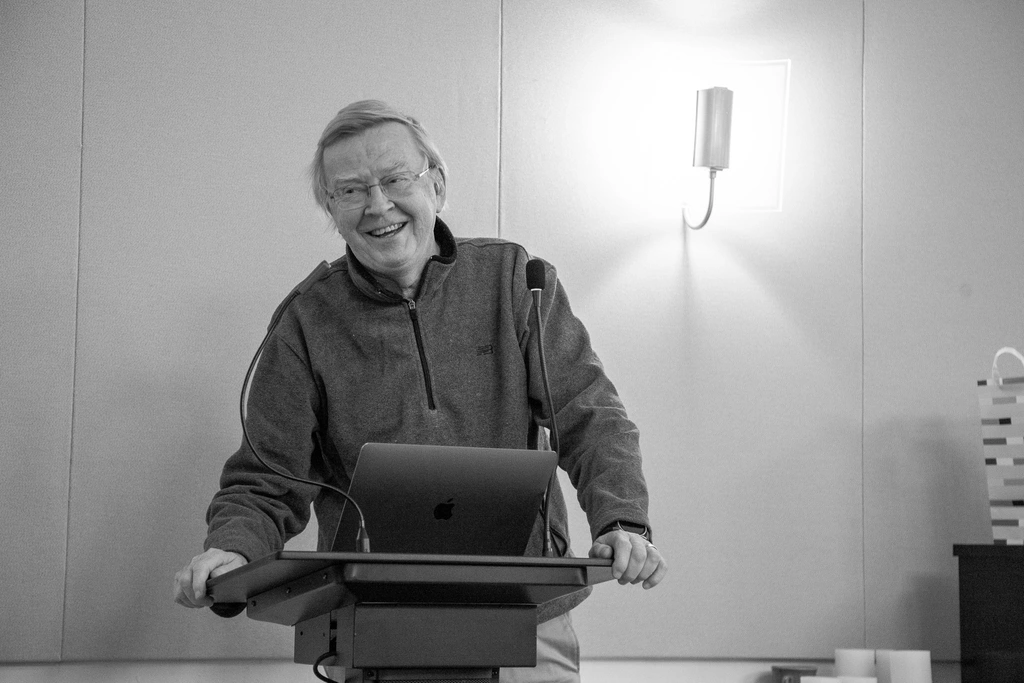
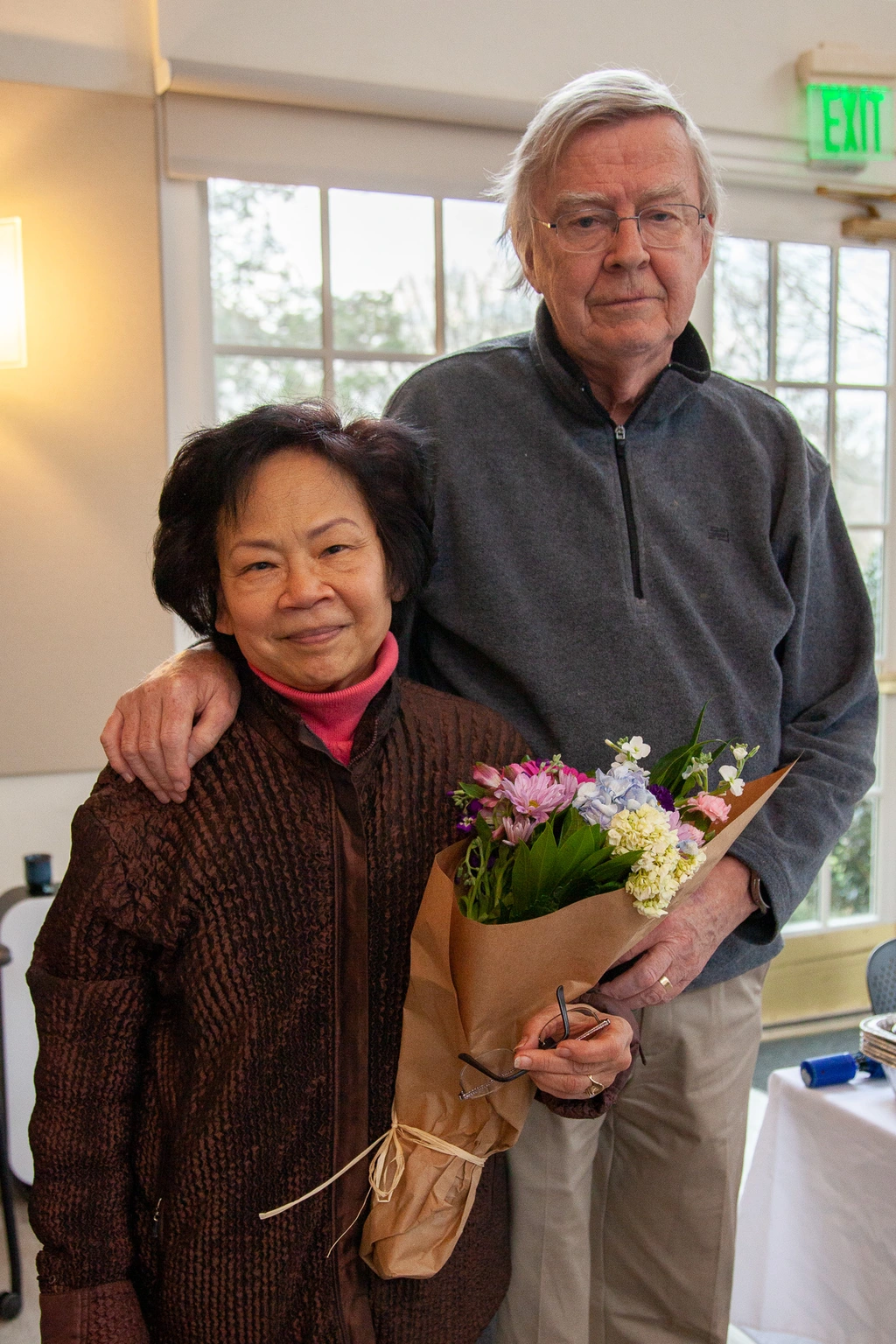
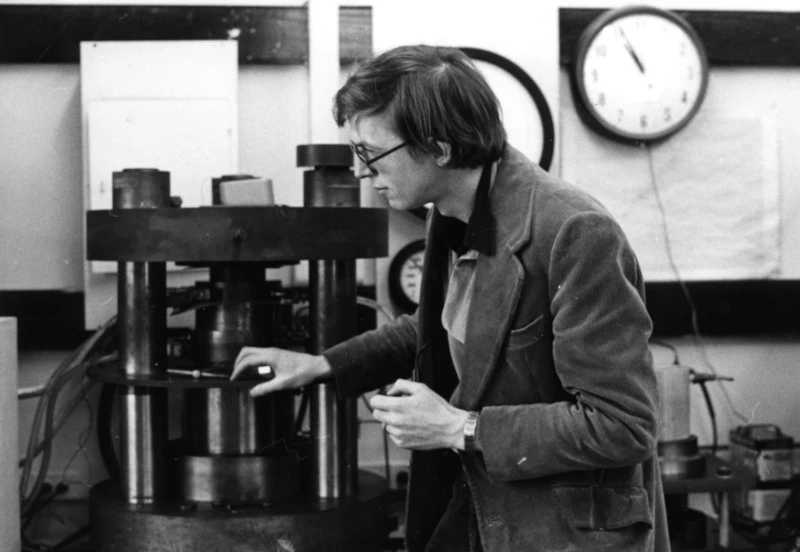
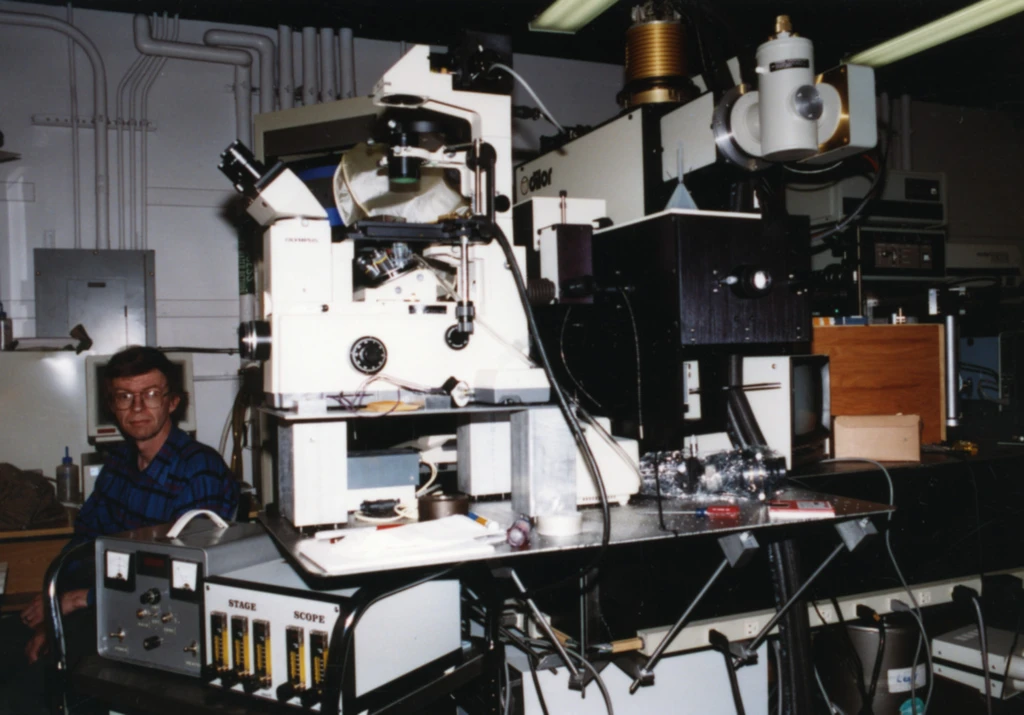
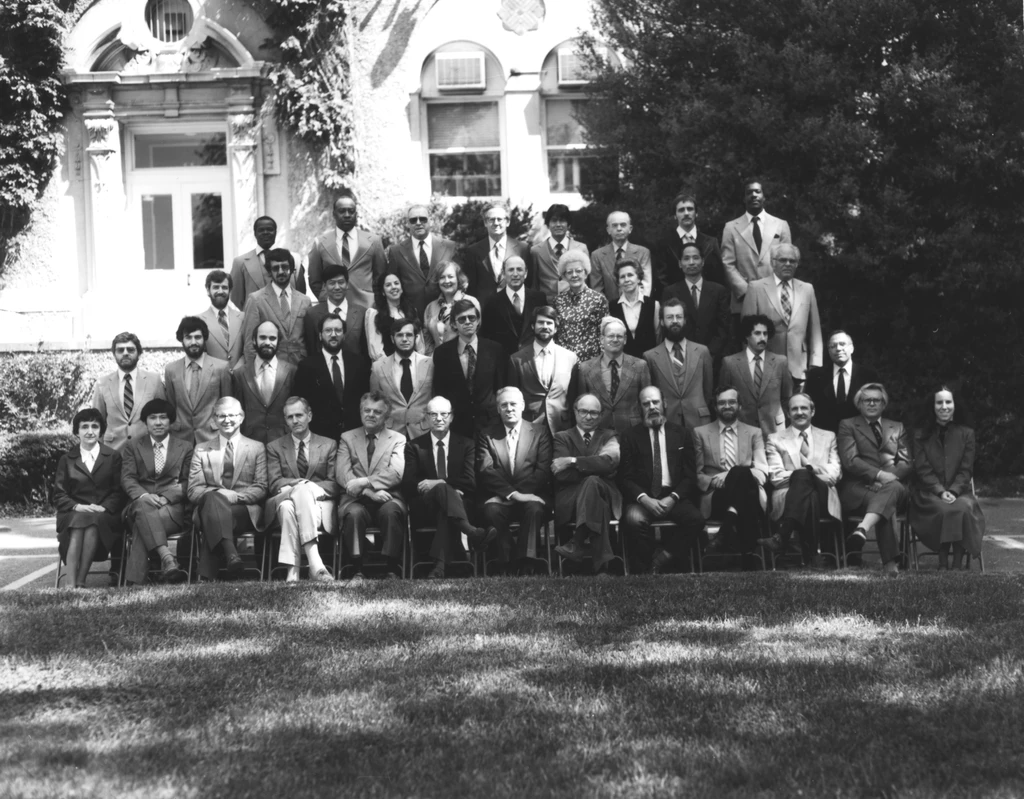
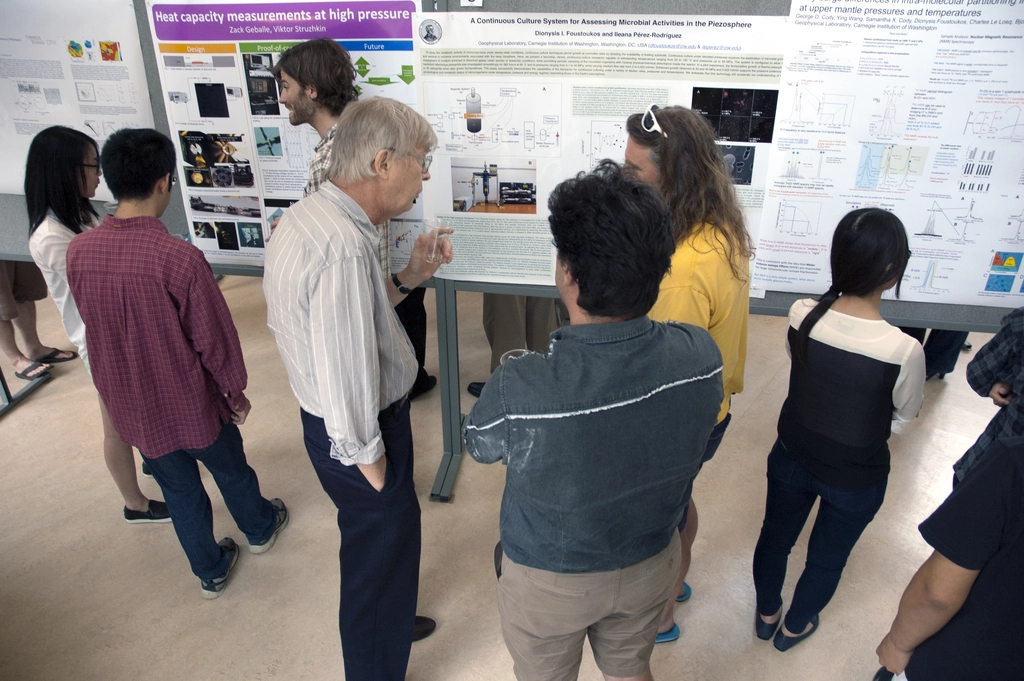
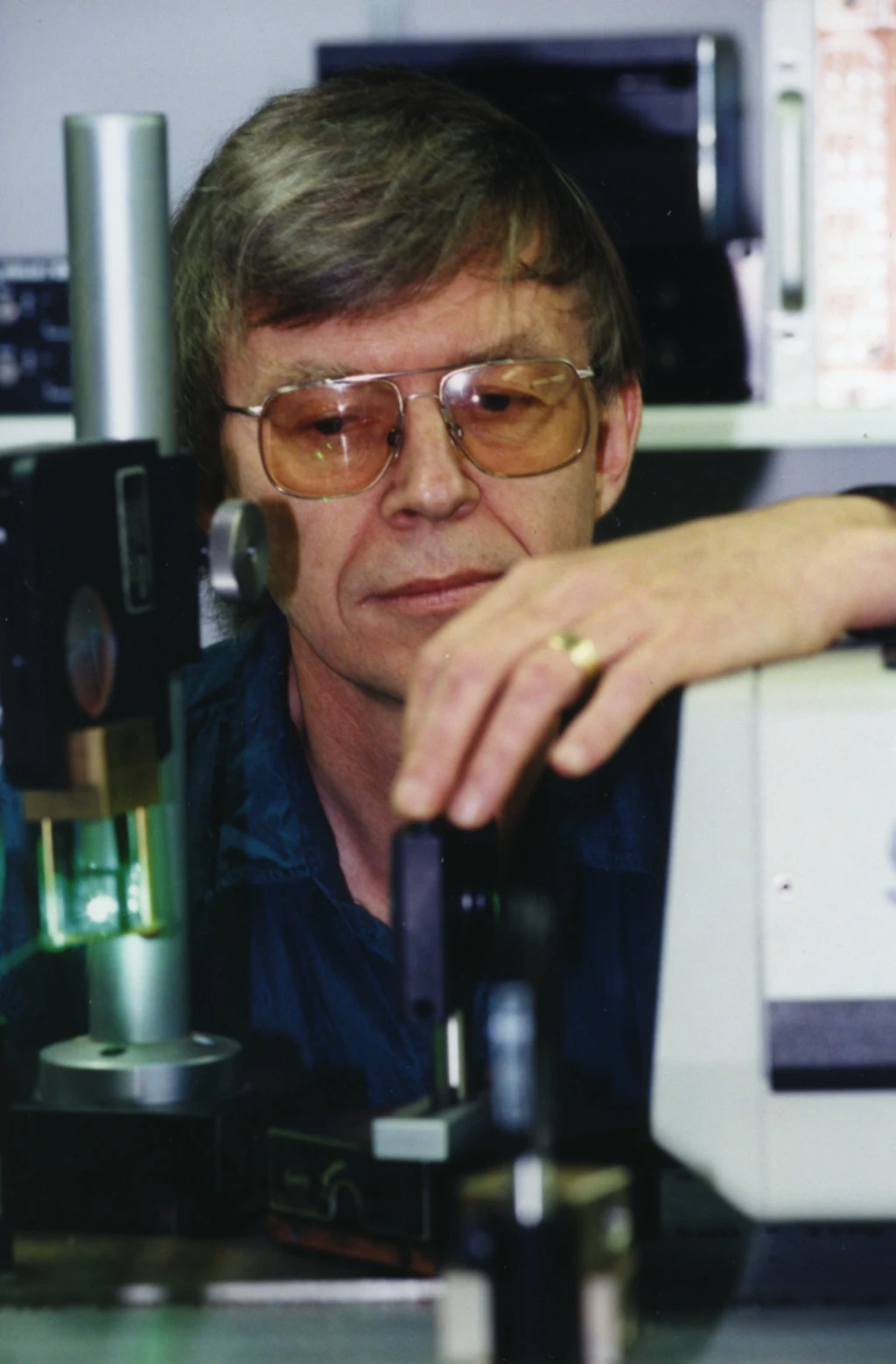
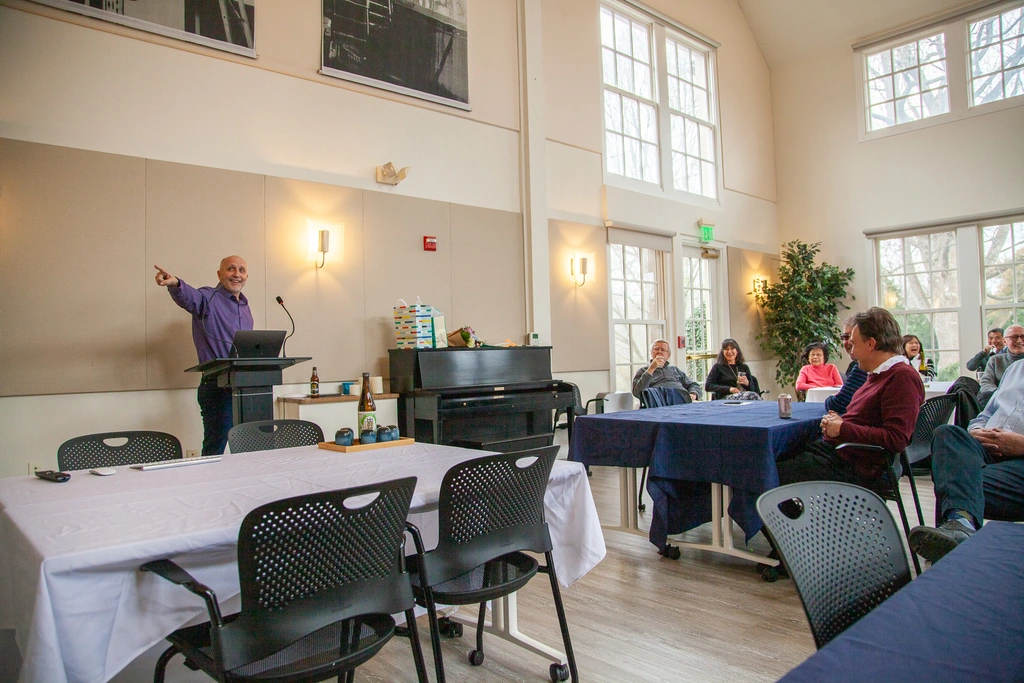
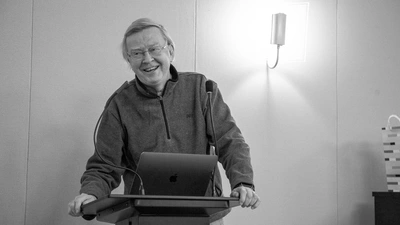
Bjorn makes remarks
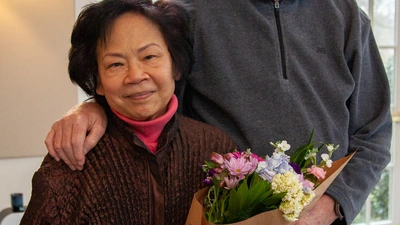
Bjorn and Susana at their retirement party
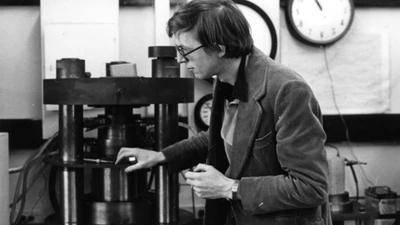
Bjorn Mysen in the Lab - 1983
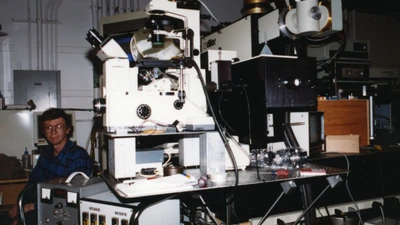
Bjorn Mysen in the Lab - 1992
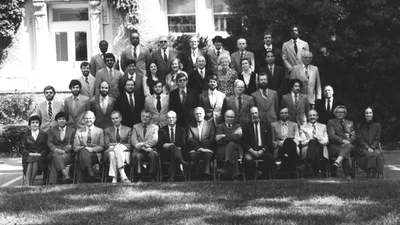
Geophysical Laboratory Staff Group Photo - 1982
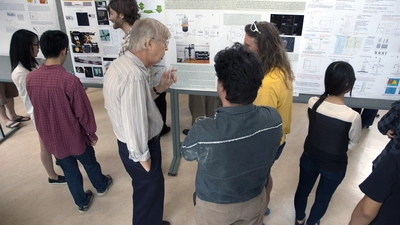
Bjorn Mysen at DTM/GL Poster Session in 2015
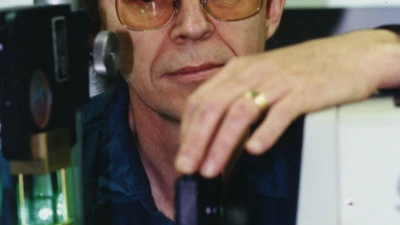
Bjorn Mysen - Research in Action - 1997
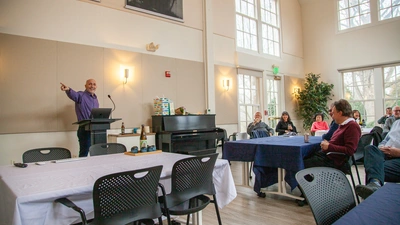
Mike presents at Bjorn and Susana's Retirement Party
Exerimentalist's experimentalist for 40+ years
Bjorn is an experimentalist’s experimentalist, having mastered and innovated a wide range of high-pressure and high-temperature techniques. Bjorn Mysen pioneered experimental studies of trace element partitioning studies, measuring the viscosity of silicate melts, and applying optical spectroscopic methods as probes of glasses and melts. Perpetually at the forefront, Bjorn was among the first to make experimental measurements of solid condensation from high-temperature vapor at high vacuum and to recognize the importance of redox equilibria on silicate melts and make measurements on experimental glasses using Mossbauer spectroscopy.
Over the next forty-plus years, Bjorn, along with his many GL staff colleagues, postdocs, and scientists from countries around the globe, dedicated himself to seeking answers to the many questions relating to the nature of silicate melts. The impact of his tremendous body of work and the answers he discovered throughout his career is truly remarkable. Together with his longtime collaborator Pascal Richet, Bjorn wrote the seminal book on ‘Silicate Glasses and Melts’ in 2005, with a second edition published in 2018. In 2023 Bjorn finished another book that truly encompasses the scope of his interest and scholarship, ‘Mass Transport in Magmatic Systems,’ which provides a new generation with a reference point to build upon for achieving new insights into our dynamic planet.
International influence and mentor
Bjorn has also been a true force on the international stage, with visiting scholar positions at the Bayerisches Geoinstitut in Germany, the Institut de Physique du Globe in Paris, France, the Tohoku University in Japan, and the Institute for Study of Earth’s Interior in Japan.
A colleague, mentor, promoter, and friend to so many around the world, Bjorn has been steadfast and resolute in his support of his field. We are very pleased that Bjorn will remain at EPL for the foreseeable future as an emeritus staff member so that we may continue to draw upon his great knowledge and wisdom.
